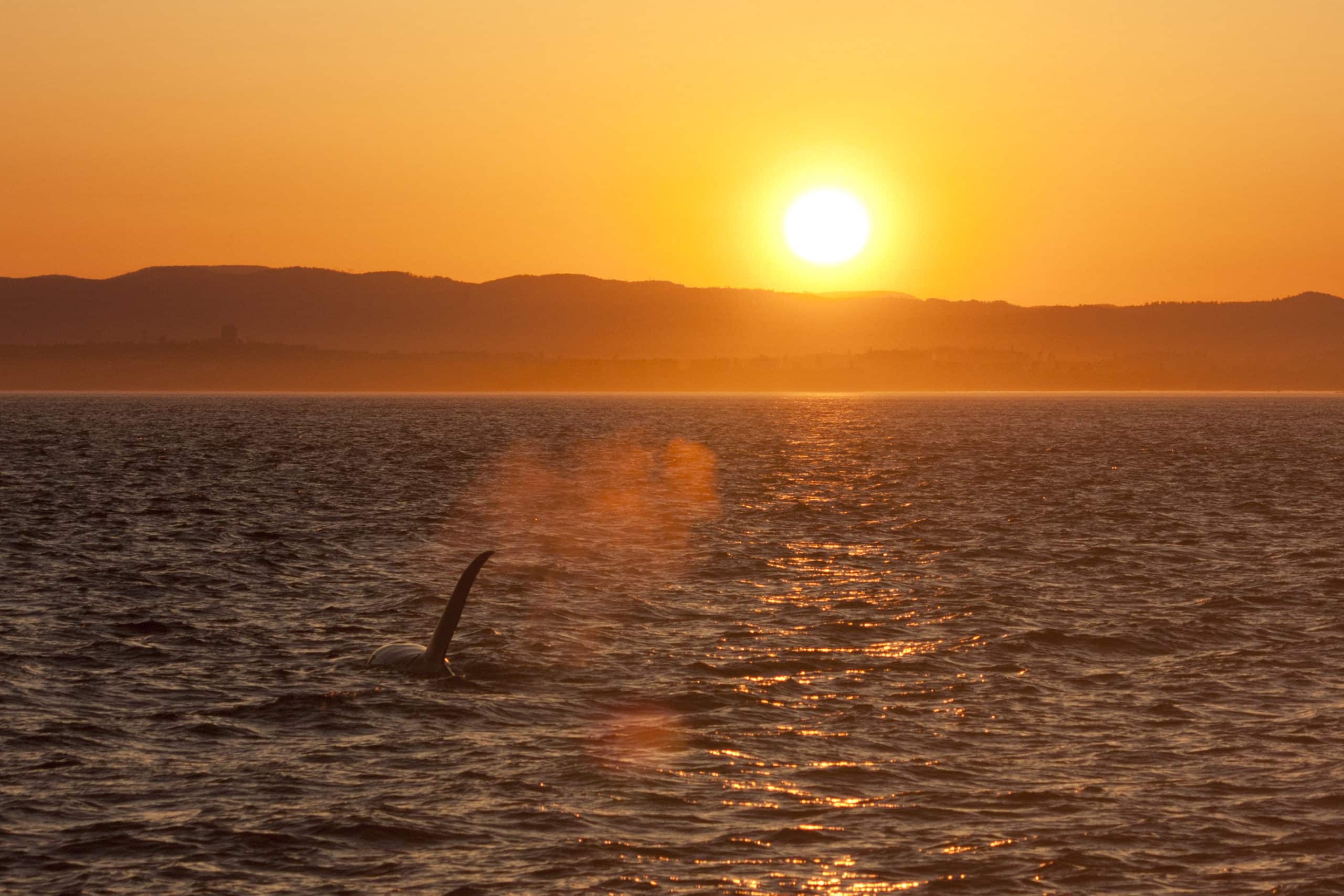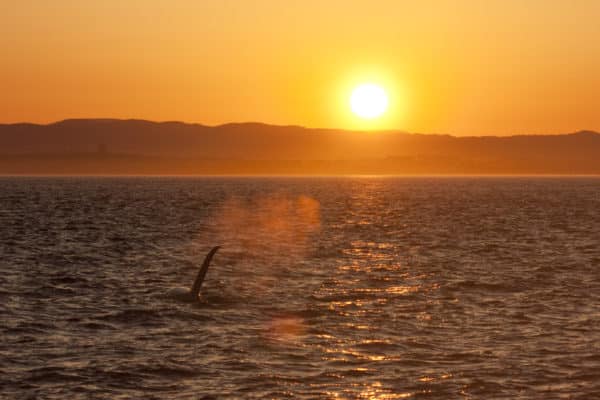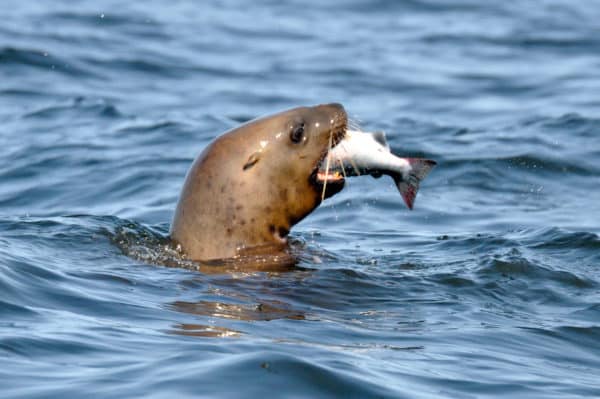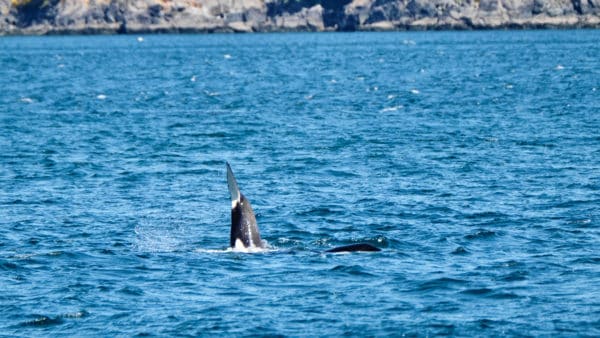Written by: Griffin, On board Naturalist
The seasons changing bring forth prolonged days and an abundance of sunlight. As the sunlight penetrates the ocean’s surface, the water takes on a greenish hue. This is due to the phytoplankton bloom: the source of what brings all sorts of life from parts around the world to our great Pacific Northwest Ocean.
Placed at the bottom of the food chain, these photosynthesising microscopic living organisms produce approximately 60% of earths oxygen while cleaning our oceans, and feeding many species. Through this form of life, we see larger microscopic organisms, such as zooplankton, feeding upon the phytoplankton and in turn this creates a cycle which leads all the way up to the largest animals on Earth. We see minnows and fish eating the invertebrates that eat the zooplankton, and cetaceans as well as pinnipeds eating the fish and other organisms that thrive within these blooms. This Harmonious cycle is what makes the Salish Sea so special to us.
All thanks to the sun, with longer days do we see this increased nourishment of life in our oceans. The phytoplankton not only feed our oceans but they connect so much of what we know. As phytoplankton bloom, the are de-acidifying our oceans through carbon dioxide removal which slows down the heating of our atmosphere, they clean our oceans by up taking pollutants and contaminants through a process known as bioaccumulation, and they supply an oxygen demand which provides life as we know it on land.
We have much to be thankful for our microscopic friends, and perhaps we will think about them the next time we notice a greenish colour to water bodies.
Join us on a Whale Watching Tour to #ExperienceTheWild












